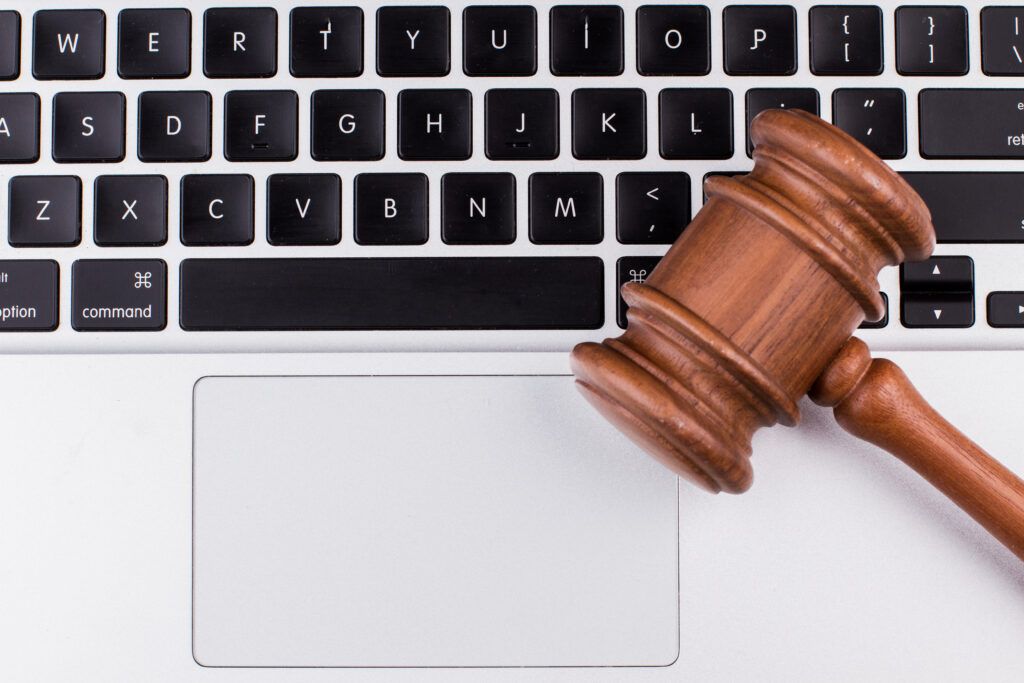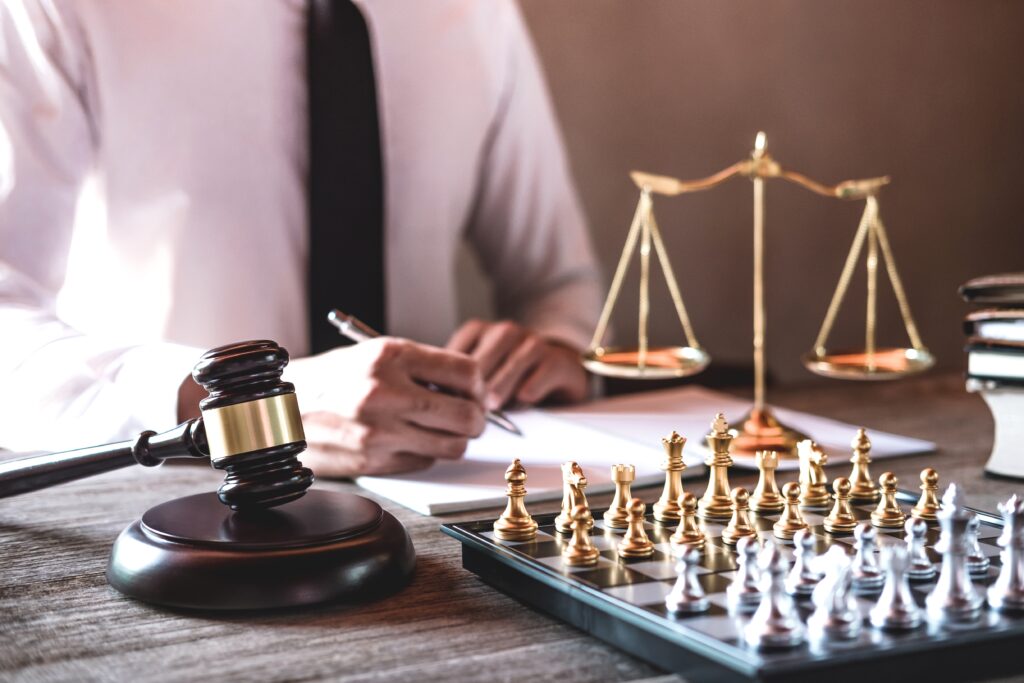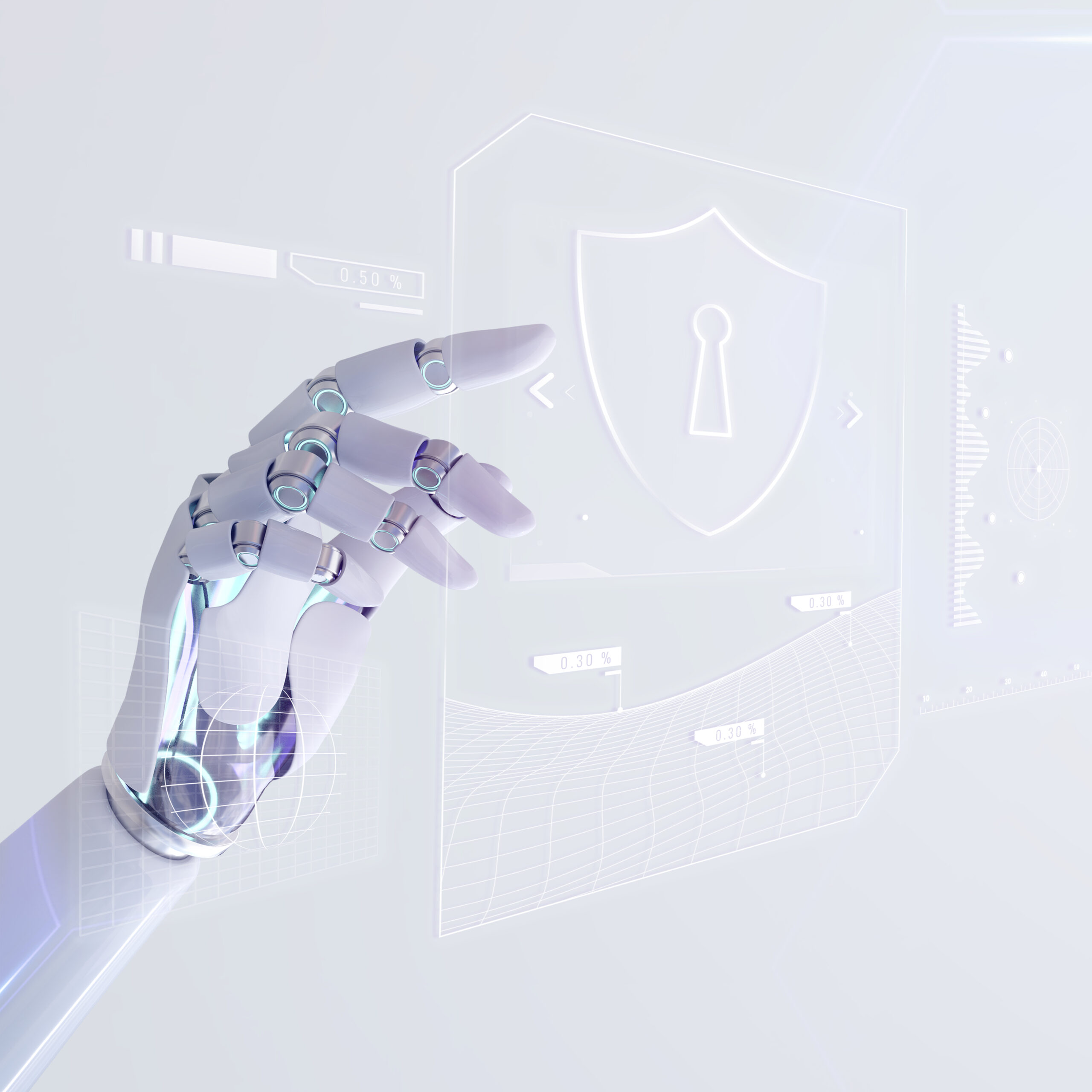Summary:
Artificial intelligence (AI)-driven technology is developing quickly. With it comes the need to comprehend how patent regulations, such as those impacted by the famous Alice Corp. v. CLS Bank International case, affect the patentability of AI innovations like ChatGPT. This article aims to analyze the “Chalice[1]” obstacles that result from combining ChatGPT with the Alice issues, provide illustrative instances, and provide ten principles for navigating the challenging patent landscape. It is written with inventors and patent attorneys in mind.
The Alice Issues
The “Alice Corp. v. CLS Bank International” case was a crucial decision in American patent law. In 2014, the United States Supreme Court rendered a decision in the case.
The Supreme Court decided in Alice Corp. v. CLS Bank International whether software and computer-implemented inventions are eligible for patent protection under section 101 of the United States Code. The patents owned by Alice Corporation, which covered a computerized trading platform for reducing settlement risk in financial transactions, were the subject of the case. The Alice patents were contested by CLS Bank, who argued that they were defective because they claimed abstract concepts that were ineligible for patent protection.
The Supreme Court ruled that the patents were ineligible for protection because they were directed at an abstract idea. Employing a computer to implement that idea was insufficient to change it into a subject matter suitable for patent protection. The Court employed a two-step test:
- Establish if the patent claim refers to a natural rule, an abstract idea, or a phenomenon of nature.
- If the claim is made about one of those exceptions, consider the claim’s elements to see if they include an “inventive notion” adequate to turn the claimed abstract idea into a patent-eligible application.
In particular, for software and business method patents, the Alice decision has profoundly impacted patent law. As a result, increased scrutiny of patent claims has led to the invalidation of many patents for claiming abstract concepts insufficiently supported by innovative concepts.
The ruling has caused controversy and sparked ongoing discussions regarding what qualifies as patentable subject matter. According to some estimates, the Alice flaws have already invalidated or continue to invalidate a thousand patents or more[2]. Also, the ruling has exacerbated uncertainty for creators and patent applicants in the computer and software-related industries.
The ChatGPT Connection
It may be argued that integrating a ChatGPT API into a website to enhance chat content advances computer-related technology. However, the claims stated in the patent application and how they are phrased will determine whether this implementation is patentable.
Instead of relying solely on using ChatGPT as a generic concept, one should concentrate on specific technical components or novel features of the system to increase the likelihood of getting a patent in this situation. The Alice ruling highlights the significance of an “inventive concept” that goes beyond the straightforward implementation of an abstract idea. As a result, the patent application needs to explain how integrating the ChatGPT API into the website leads to a brand-new, obscure technical fix for a problem.

It’s unclear whether a similar patent application case would finally end up before the Supreme Court. The Court typically takes on matters those present essential legal issues or disagreements between the rulings of various courts on the same issue. The likelihood that the Supreme Court will take the patent applications for incorporating ChatGPT API technology into a website, may increase if it presents new legal questions or adds to the ongoing discussion on whether software and computer-implemented inventions are patentable. The majority of patent disputes, however, are settled at lower levels, and very few of them ever make it to the Supreme Court. It is always best to consult with a patent attorney to help navigate the complexities of patent law and ensure your invention is adequately protected.
OpenAI’s ChatGPT, a cutting-edge AI-driven language model, can potentially transform several applications, including chatbots, content creation, and customer service. Due to the Alice difficulties, however, including adding ChatGPT into a website or system may cause patentability issues, particularly if the implementation is viewed as an abstract idea devoid of an original concept.
Two Examples: Patentable vs. Non-Patentable
Example 1: (Non Patentable Example) Incorporating ChatGPT into a website’s chat system without specific technical advancements or novel features would probably be seen as an abstract idea devoid of an inventive concept, making it non-patentable. Simply using ChatGPT connectors to make a chat better or even add a chat for a first time is likely not patentable.
Example 2 (Potentially Patentable): Combining ChatGPT with , for example an original emotion-detection algorithm may be considered an inventive concept, potentially making the invention patentable. This method improves user experience by customizing responses based on users’ emotional states. ChatGPT could detect emotions from a users questions, and then add the emotion back to the original chat to fully answer the questions, with emotions in mind. This would likely be patentable. ChatGPT and large language models can detect many things in a chat, for example;
- Emotions: ChatGPT can detect emotions in a conversation by analyzing the language used and other contextual clues. For instance, it can identify positive, negative, or neutral sentiment in a text message and adapt its responses accordingly.
- Intent: ChatGPT can determine the intent behind a user’s message by analyzing keywords, phrases, and other contextual clues. It can then provide relevant responses or route the conversation to the appropriate department or agent.
- Topics: ChatGPT can detect the topics being discussed in a chat conversation by analyzing the language used and identifying relevant keywords and phrases. This can help it provide more accurate and relevant responses.
- Personality traits: ChatGPT can detect personality traits in a conversation by analyzing the language used and identifying patterns of behavior. For instance, it can identify whether a user is introverted or extroverted and adapt its responses accordingly.
- Customer needs: ChatGPT can detect customer needs by analyzing the language used and identifying key phrases and questions. This can help it provide more personalized responses and recommendations.

Ten Rules to Avoid “Chalice” Issues
To navigate the “Chalice” challenges, inventors and patent attorneys can follow these guidelines:
- Determine the precise issue that your invention addresses.
- Focus on the creative idea beyond the simple application of ChatGPT or AI.
- Provide technical information regarding your creation.
- Be careful when drafting claims in your patent application.
- Showcase the practicality of your invention.
- Point out advancements in current technologies.
- If applicable, describe the hardware interface.
- Stay current on legal precedents.
- Work with a patent lawyer who focuses on AI-related patents.
- Watch for similar patents to learn about what has been found patentable.
Advice to Inventors
To maximize the possibility of receiving a patent and prevent any patent invalidity issues connected to the Alice decision, inventors should concentrate on the creative notion of their AI-driven technology. Inventors can benefit from the following guidance in this regard:
- Fully describe the unique technical elements of the invention that go beyond the simple application of AI or other abstract concepts.
- Highlight how applying the idea leads to a creative and original technical solution to a challenge. Provide detailed technical descriptions of the invention in the patent application to demonstrate that it is not just an abstract idea but a specific implementation that solves a real-world problem.
- Limit the scope of the patent claims to prevent them from being interpreted as abstract ideas or lacking sufficient creative notions.
- Provide concrete instances of how the idea might be applied to tackle specific problems in the real world to show that it is functional.
- To help you understand the invention’s difficulties and ensure the idea is sufficiently protected, think about working with a specialist in AI-related patents.
- Inventors can improve their chances of getting a patent while avoiding potential patent invalidity issues linked to the Alice decision by concentrating on the innovative concept of their AI-driven technology and according to these suggestions.
By understanding the Alice issues, recognizing the potential patentability challenges related to ChatGPT, and following the ten rules outlined above, inventors and patent attorneys can navigate the complex patent landscape and work together to protect AI-driven innovations.
If one can avoid the “Chalice Issues” in patentability in the future, is this not the Holy Grail for inventors?
[1] Chalice Issues is combining ChatGPT to Alice Issues to get a new term, we have defined as the Chalice Issues
[2] Federal courts and the Patent Trial and Appeal Board have invalidated claims from more than 1,000 patents under the U.S. Supreme Court ‘s Alice decision since it came down five years ago, according to a new study by a former Fenwick & West LLP partner.

